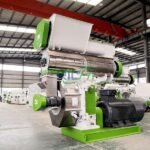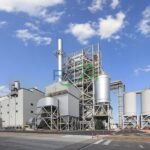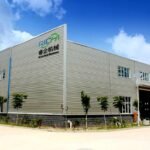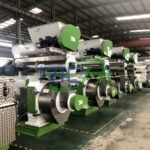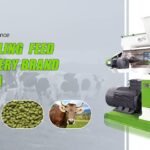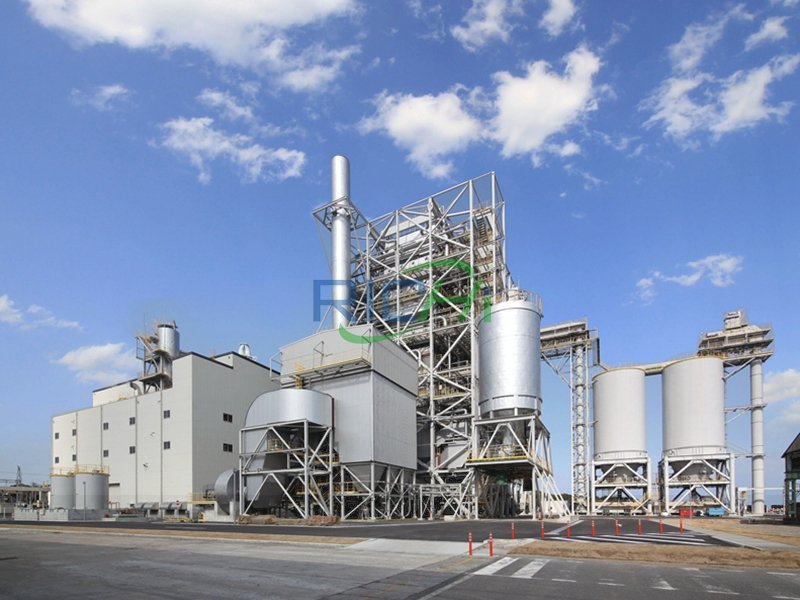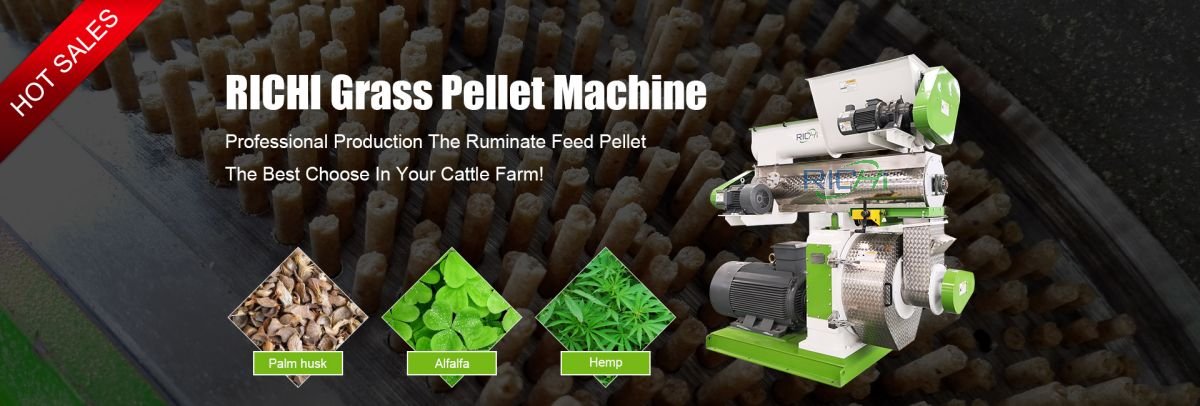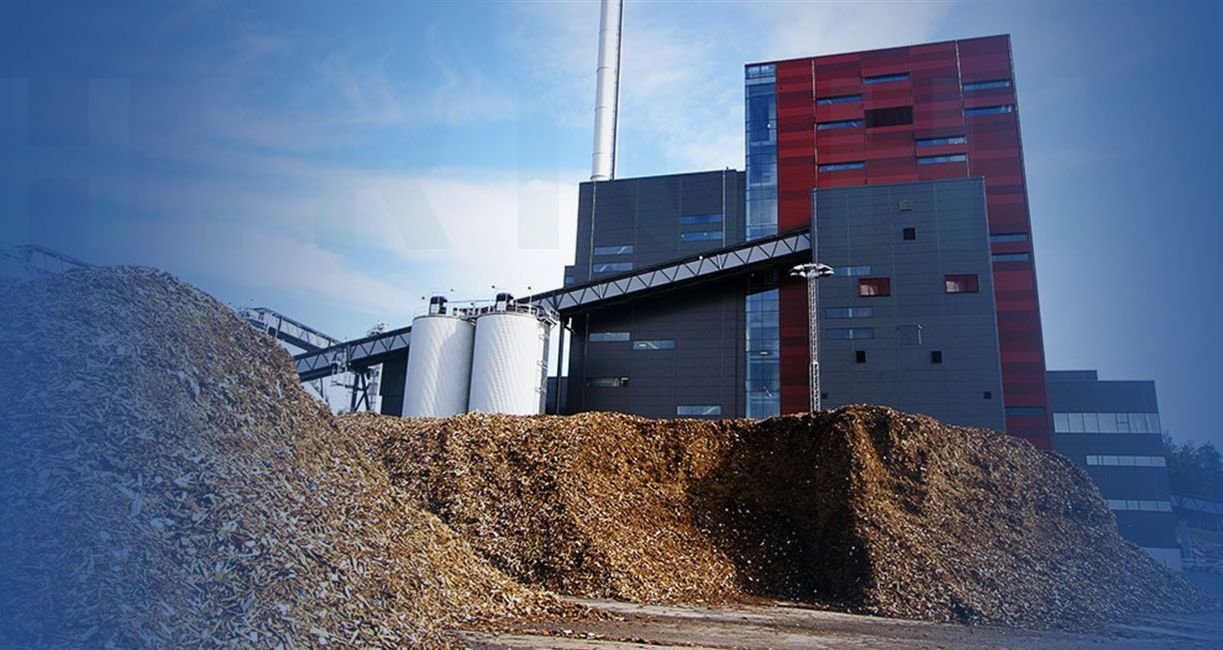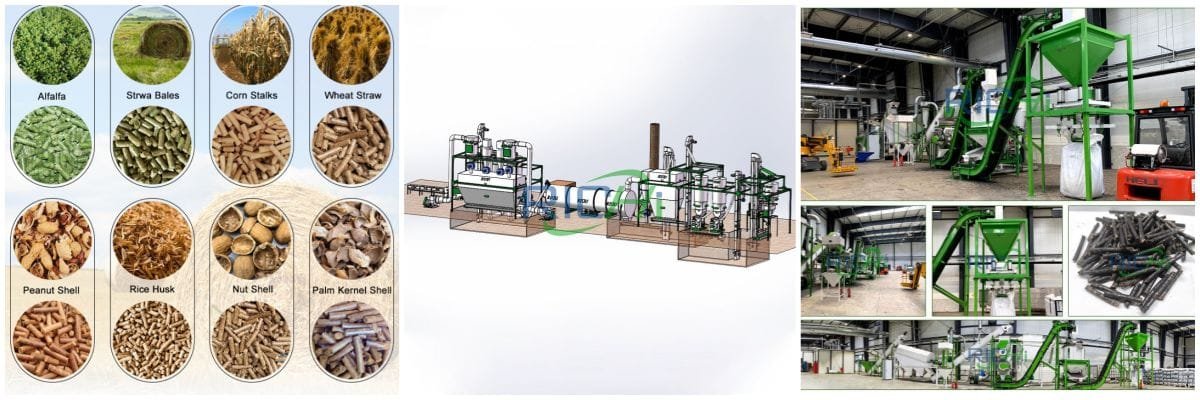Introduction to Wood Pellet Processing Plants
The wood pellet industry has grown substantially in recent years, driven by the increasing global demand for renewable and sustainable energy sources. Wood pellets are small, cylindrical pieces made from compressed organic material, primarily sawdust and other wood residues. The rise in their popularity can be attributed to their environmental benefits and cost-effective nature. They are recognized as a cleaner, renewable alternative to fossil fuels, making them an attractive choice for both residential and industrial applications.
Wood pellets provide several advantages over traditional energy sources. Firstly, they are carbon neutral, releasing the same amount of carbon dioxide during combustion as the trees absorbed during their growth. This balance helps mitigate greenhouse gas emissions, contributing to the fight against climate change. Additionally, wood pellets are economically favorable. Their production utilizes waste materials from the forestry and lumber industries, converting what would otherwise be discarded into valuable fuel.
Choosing the right wood pellet processing plant is crucial for achieving optimal production efficiency and product quality. A well-designed plant allows for streamlined operations and can produce pellets of consistent caliber, ensuring customer satisfaction and market competitiveness. It is also pivotal in minimizing production costs and energy consumption, further enhancing the economic viability of wood pellets.
Investing in an advanced wood pellet processing plant offers long-term benefits, including increased production capacity, improved pellet durability, and higher calorific values. Key components of a high-quality wood pellet plant include efficient machinery for shredding, drying, pelletizing, cooling, and packaging. The right processing plant will integrate these elements seamlessly, crafting a robust system that meets both industry standards and environmental regulations.
This blog post will guide you through the critical factors to consider when selecting a wood pellet processing plant, ensuring you make an informed decision that aligns with your production goals and sustainability objectives.
Key Processes in a Wood Pellet Processing Plant
A well-structured wood pellet processing plant incorporates several critical stages, each contributing to the overall quality and efficiency of pellet production. Understanding these processes is vital for anyone considering investment in such a facility.
Raw Material Preparation: The initial phase involves the preparation of raw materials, typically sourced from wood residues, agricultural wastes, or other biomass. This stage requires the material to be cleaned, dried, and reduced to an optimal size for pelletizing. Efficient debarking, chipping, and crushing equipment are essential to ensure the material is uniformly processed and contaminants are removed, which significantly affects the final pellet quality.
Pelletizing: Once the raw material is adequately prepared, it enters the pelletizing phase. This involves compressing the biomass into dense, cylindrical pellets using a pellet mill. The pressure and heat generated in this process are key to ensuring that the lignin in the wood acts as a natural binder, giving the pellets their durability and cohesiveness. Potential buyers should seek pellet mills known for their versatility and efficiency in handling different biomass types. Related: biomass pellet mill
Cooling: Post-pelletizing, the newly formed pellets are often hot and soft. A cooling system is therefore indispensable to lower their temperature gradually, which helps to solidify the structure and enhance durability. Effective cooling mechanisms not only maintain pellet quality but also improve the longevity of storage.
Screening: The next step involves screening the cooled pellets to separate fines and other unwanted particles. Screening ensures that only pellets of the desired size and consistency proceed to packaging. Equipment that can efficiently sort and refine the product is vital for maintaining high standards of production quality.
Packaging: Finally, the pellets are packaged for transportation and sale. A reliable and efficient packaging system helps streamline this last step, ensuring the pellets remain intact and free from contamination. Buyers should look for plants that offer robust packaging solutions to ensure product integrity during transit.
Each of these stages plays a crucial role in the functioning of a wood pellet processing plant. Meticulous attention to detail in each process guarantees that the plant operates efficiently and produces high-quality wood pellets.
What to Pay Attention to When Choosing a Wood Pellet Processing Plant
When selecting the most suitable wood pellet processing plant, several critical factors need careful consideration to ensure long-term productivity and sustainability.
Firstly, the quality and reliability of the equipment are paramount. A high-quality wood pellet processing plant should feature durable materials and efficient working mechanisms. Investing in robust machinery may involve higher initial costs but leads to fewer breakdowns, reducing maintenance expenses and downtime in the long run. Reviews and testimonials from current users can provide valuable insights into the reliability of specific equipment models.
Energy consumption is another crucial aspect. As a wood pellet processing plant operates continuously, energy-efficient machinery can significantly cut operational costs. Opt for equipment designed with advanced energy-saving technologies to enhance sustainability and reduce the overall carbon footprint of the production process. Look for certifications or energy ratings that indicate compliance with energy efficiency standards.
Production capacity is also vital to match the plant’s output with market demands. Assess your production requirements accurately and choose a wood pellet processing plant that can scale up or down as needed. Flexibility in production capabilities ensures that you can meet fluctuating demands without compromising on product quality.
Ease of maintenance is a practical consideration that cannot be overlooked. Regular maintenance is critical for the smooth operation of the processing plant. Select equipment with straightforward maintenance procedures and readily available spare parts. Additionally, user-friendly designs that allow for easy accessibility to components can significantly reduce downtime and maintenance costs.
Finally, after-sales support is an essential element to consider. A supplier offering robust after-sales service ensures that you receive timely assistance when technical issues arise. This support includes training on equipment operation, availability of spare parts, and quick response times for service requests. A reliable after-sales support system not only maximizes the longevity of the plant but also provides peace of mind.
By paying attention to these factors—quality and reliability of equipment, energy consumption, production capacity, ease of maintenance, and after-sales support—prospective buyers can make informed decisions, ensuring the long-term efficiency and sustainability of their wood pellet processing plant.
Case: https://www.richimanufacture.com/2t-wood-pellet-plant-in-romania/
Richi Machinery: A Trusted Manufacturer in the Wood Pellet Industry
Richi Machinery stands as a beacon of excellence in the wood pellet industry, acclaimed for its professional approach and technological prowess. Renowned as the most professional pellet mill manufacturer in China and the largest in Henan Province, Richi Machinery offers an extensive range of products designed to meet diverse customer needs. From robust wood pellet mills to ancillary equipment, each product embodies the company’s commitment to quality and innovation.
One of the defining aspects of Richi Machinery is its dedication to technological advancement. The company’s research and development team continuously works on enhancing the efficiency and reliability of its wood pellet processing plants. This focus on innovation ensures that Richi’s equipment remains at the forefront of industry standards, providing customers with cutting-edge solutions that optimize production and quality.
Quality is the cornerstone of Richi Machinery’s operations. Every component, from the smallest part to the most complex machinery, undergoes rigorous testing to ensure durability and performance. This uncompromising commitment to quality has earned Richi a stellar reputation and a loyal customer base that spans across various continents.
The company’s market position is further strengthened by numerous success stories and positive customer testimonials. Clients consistently praise Richi Machinery for its expertise, reliable products, and exceptional customer service. These success stories are not just about the machinery; they are about the enhanced efficiency, profitability, and sustainability businesses achieve by integrating Richi’s solutions into their operations.
Choosing the right wood pellet processing plant is crucial for operational success and sustainability in the wood pellet industry. Richi Machinery’s combination of cutting-edge technology, high-quality manufacturing, and strong market presence makes it a highly recommended option for businesses seeking to enhance their production capabilities. The company’s steadfast dedication to customer satisfaction and continuous improvement positions it as a leading choice in the global market.
